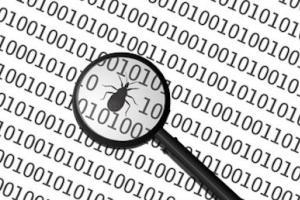Nitrokey 3 - Test Firmware Release

The firmware releases formerly known as "alpha" are now called "test" releases to describe the character of the releases more precisely. This is firmware that contains functions that are not yet fully developed. The current release 1.3.1-test.20230417 contains the OpenPGP Card functionality and a still very experimental PIV card implementation.
For completeness, here are all the functions that are available with the test firmware:
- FIDO2 (v0.1.1-nitrokey.1)
- One-Time Passwords, OTP (secrets v0.9.0)
- admin-app (v0.1.0-nitrokey.2)
- OpenPGP Card (opcard v0.4.0)
- PIV card (piv-authenticator v0.1.1)
Due to the nature of these test releases, we explicitly advise against using them in production environments. Please always have backups available for all sensitive data.
You strictly need pynitrokey in a version >= 0.4.35, which is now also available as a Windows installer and single executable. The latter could lead to a virus warning depending on your system, which is of course a false alarm. In addition, there is also a single executable for Linux.
To update to the current test release it is no longer necessary to download the files yourself. Instead you can simply use pynitrokey as follows:
$ nitropy nk3 update --version v1.3.1-test.20230417
You can switch back to the stable firmware like this:
$ nitropy nk3 update
Comments
Add new comment